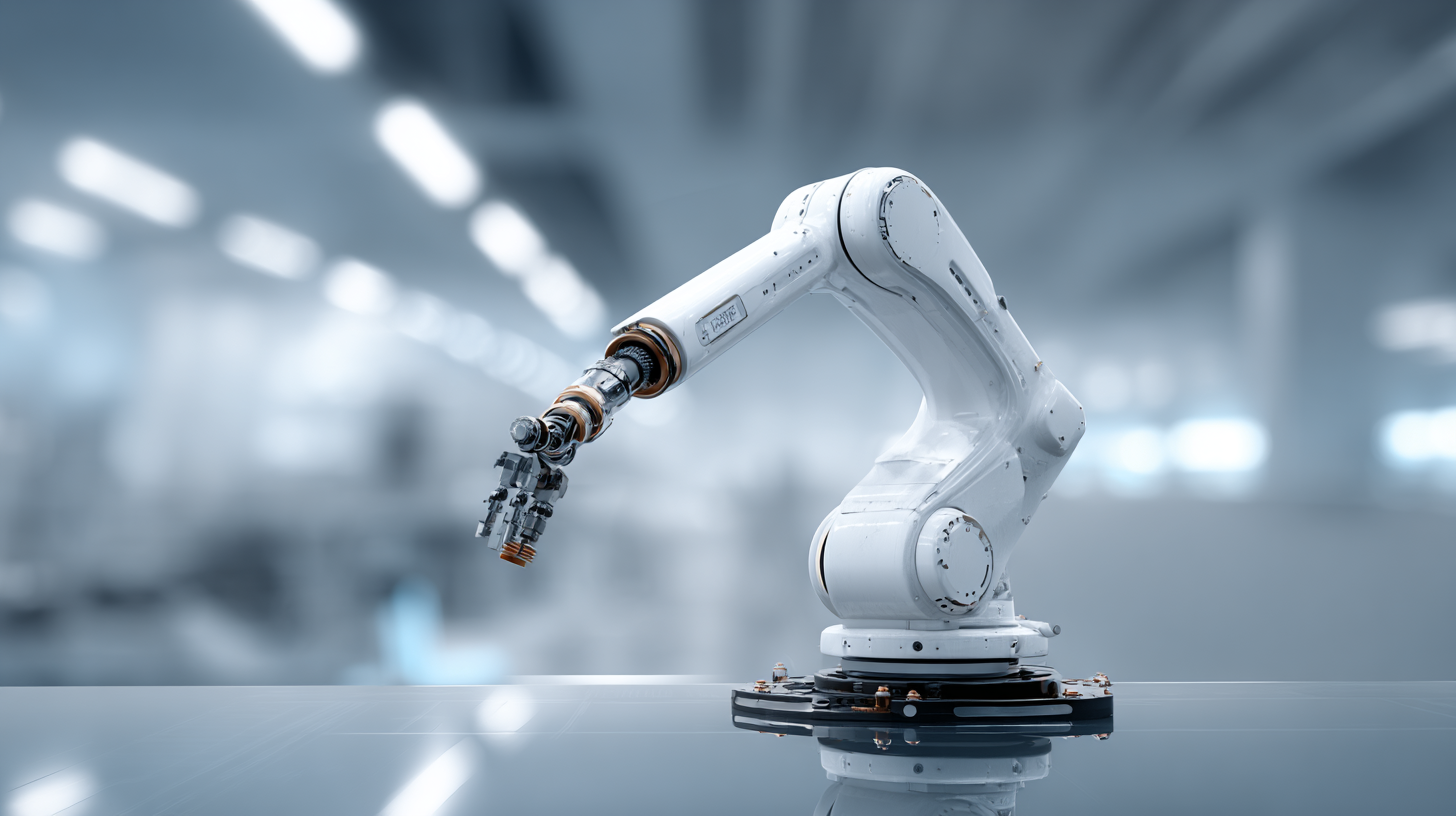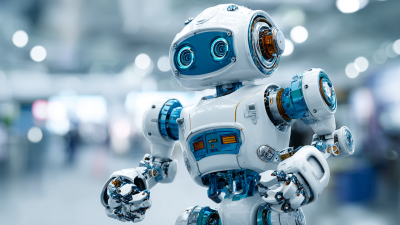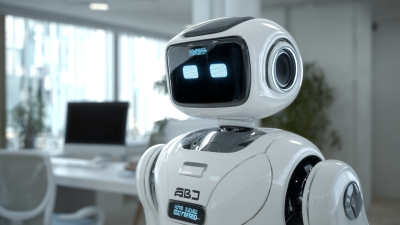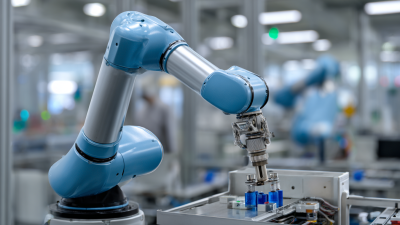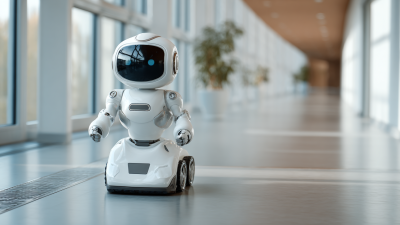In today's fast-paced business environment, integrating commercial robots into operations has become a key strategy for enhancing efficiency and productivity. According to a report by the International Federation of Robotics, the global market for commercial robots is projected to reach $150 billion by 2025, driven by advancements in AI and machine learning. This integration not only fuels automation in various sectors such as manufacturing, logistics, and healthcare but also significantly reduces operational costs and improves service speed. As businesses strive to stay competitive, the adoption of commercial robots offers a unique opportunity to streamline processes, reduce human error, and meet increasing customer demands. Understanding how to effectively incorporate these technologies into your operations is essential for achieving maximum efficiency and positioning your organization for future success.
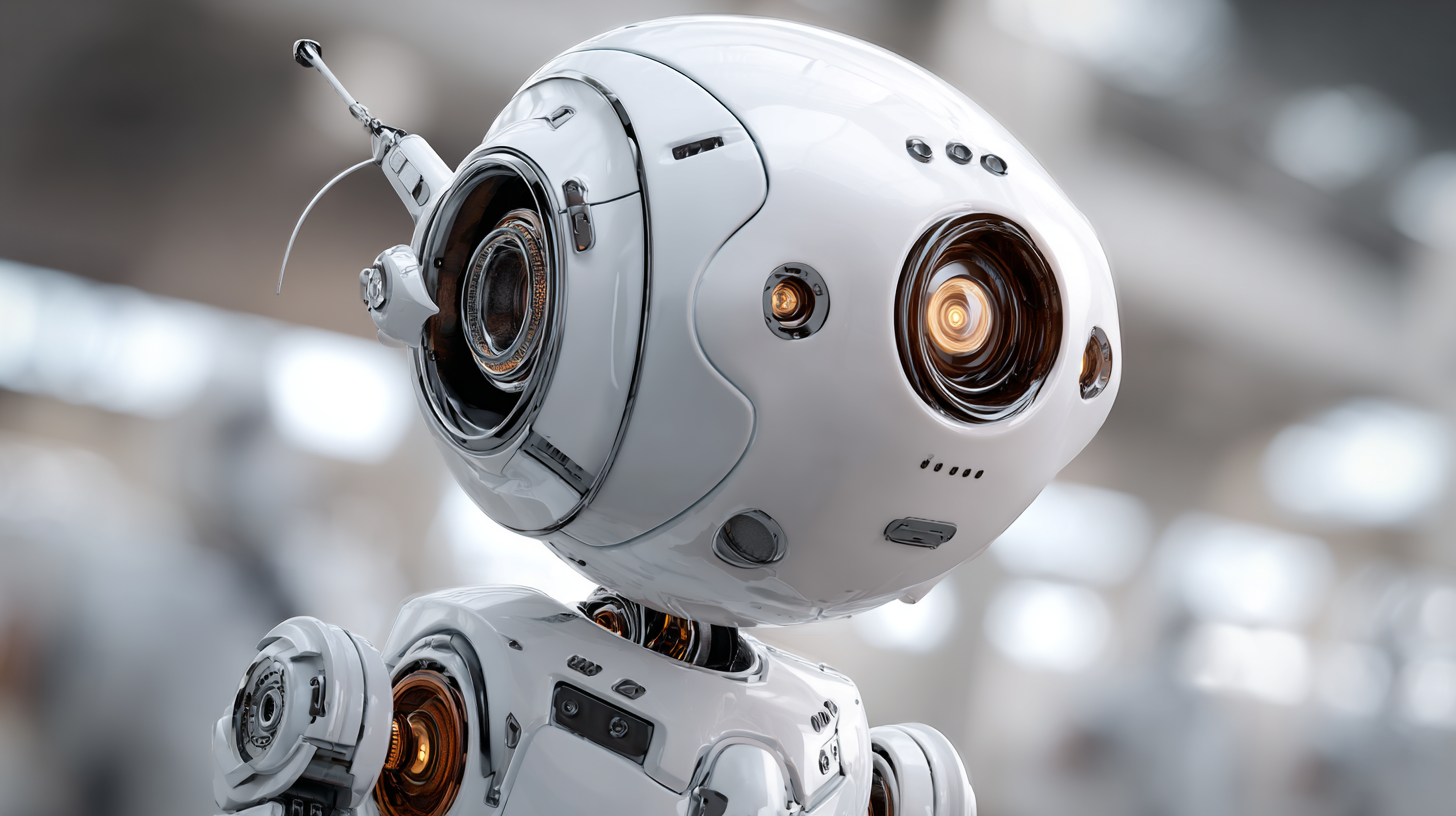
When identifying the right commercial robots for your business, the first step is to assess your specific operational needs. Different industries have distinct requirements; for instance, a manufacturing facility may benefit from robotic arms for assembly, while a retail store might explore inventory management bots. Conducting a thorough analysis of your business processes will help you pinpoint areas where automation can yield the greatest benefits.
Next, consider the scalability and compatibility of the robots with your existing systems. Look for solutions that not only address your current challenges but can also grow with your business. Additionally, it's vital to choose robots that integrate seamlessly with your workforce, enhancing productivity without disrupting the established workflow. Engaging with vendors that offer trial programs or demonstrations can provide valuable insights into how the robots will function in your environment, ensuring that you make an informed decision that aligns with your operational goals.
Incorporating commercial robots into business operations necessitates a thorough assessment of current processes to identify integration opportunities. According to a report by McKinsey, companies that effectively integrate robotics into their workflows can boost operational efficiency by up to 30%. This requires a systematic review of existing tasks to pinpoint repetitive, time-consuming processes that can benefit most from automation. For instance, tasks in warehouse management, customer service, and manufacturing are often prime candidates for robotic integration.
Tips for Integration:
1. Conduct a Process Audit: Analyze each aspect of your operations to detect inefficiencies. Tools like flowcharts and value stream mapping can be useful to visualize workflows.
2. Prioritize High-Impact Areas: Focus on processes that contribute significantly to your revenue or customer satisfaction. For example, a study by ABI Research indicates that automation in supply chain management can save businesses approximately $1.2 trillion annually.
Once potential areas for integration are identified, employers should engage their teams in training and adaptation strategies, ensuring smooth transitions and minimizing disruption. By aligning robotic capabilities with organizational needs, businesses can experience enhanced productivity and adaptability in the face of market changes.
Integrating commercial robots into business operations can significantly enhance efficiency and productivity. To ensure a successful implementation, businesses must develop a strategic plan that addresses key aspects of robotic integration. According to the "Made in China 2025" initiative, the country aims to significantly boost its industrial robotics capacity as part of its strategic emerging industries. The initiative emphasizes the importance of advancing robotics technology, which is poised to transform sectors like manufacturing, logistics, and service industries.
Recent industry reports suggest that AI applications in warehouse management can optimize operations by streamlining inventory processes and improving order accuracy. With an increasing trend toward automation, it’s estimated that by 2025, the global market for industrial robots will approach USD 100 billion, showcasing how crucial robotic technology is becoming across various industries. Companies looking to integrate robots should prioritize understanding the specific use cases relevant to their operations, ensuring they align the technology with business goals for maximum impact.
In the rapidly evolving landscape of automation, training employees to collaborate seamlessly with commercial robots is crucial for maximizing operational efficiency. According to a report by McKinsey, automation could boost global productivity by as much as 1.4% annually, which underscores the importance of equipping the workforce with the skills to interact harmoniously with robotic systems. Employees must be trained not only in the operational aspects of robots but also in understanding how these machines can enhance their work processes.
To achieve this, businesses should implement comprehensive training programs that focus on both technical skills and collaborative practices. Research by PwC indicates that 74% of workers recognize the need for upskilling initiatives to maintain their career relevance amidst increasing automation. Training should include simulations of human-robot interactions, allowing employees to gain confidence and familiarity with the technology. Such proactive measures ensure that employees can leverage the strengths of robotics, thereby reducing resistance to change and fostering a culture of innovation within the organization.

To effectively integrate commercial robots into business operations, it is crucial to establish a method for measuring efficiency gains. This process begins with setting baseline performance metrics before implementing robotic systems. Key performance indicators (KPIs) such as production speed, error rates, and overall output should be carefully documented. By comparing these metrics post-implementation, businesses can clearly identify improvements in efficiency and productivity attributed to robotic assistance.
Adjusting operations based on these measurements is equally essential. If the data indicates significant gains in certain areas, businesses should consider expanding robotic functionalities or scaling their usage across different departments. Conversely, if the efficiency gains are underwhelming, a reevaluation of the processes and technologies involved may be necessary. This could involve refining robot programming, enhancing employee training, or even selecting different robotic models better suited to the specific operational demands. Regular reviews of performance data will guide organizations in optimizing their integration strategy, ensuring that they harness the full potential of robotic technologies.
